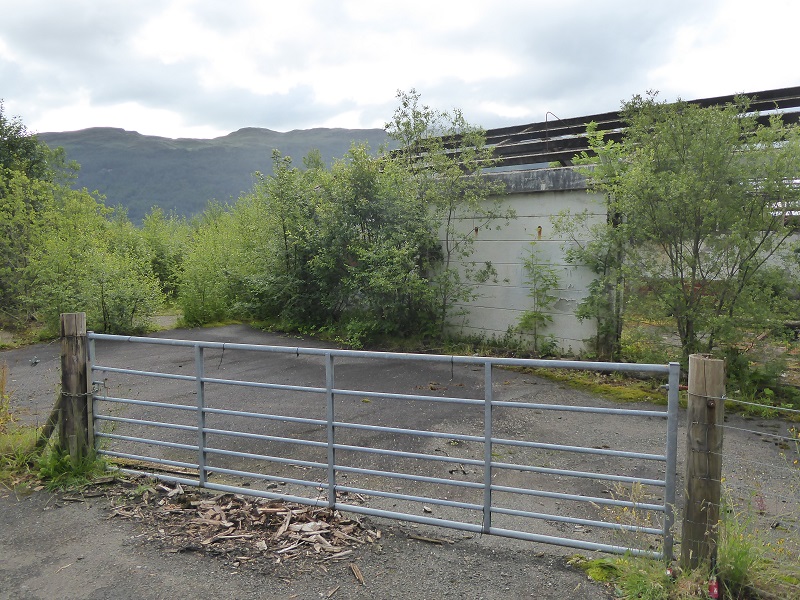
My post on the dereliction at the former Arrochar torpedo site (see here) received some comments that the Loch Lomond National Park Authority could not be blamed for failing to address an issue if they did not have the power to do so. I agreed, but stated I believed the LLTNPA in those circumstances still has a duty to persuade others to take action. What I omitted to say, as it merited another post and I had not researched this properly, is that the LLTNPA has both formal responsibilities and powers in respect to derelict land.
Back in 2010 the LLTNPA took over from Local Authorities the responsibility for surveying vacant and derelict land within the park’s boundaries. They now contribute information on derelict land to the Scottish Government’s register (see here). That register includes both the Torpedo Site and the Tarbet garage site but not smaller derelict buildings along the A82 between Tarbet and Ardlui. Plans for some of these derelict sites and buildings are included in the Local Development Plan. The problem is when nothing happens for years and years and years.
Our National Parks do have powers to intervene in such situations.
Schedule 2 to the National Parks (Scotland) Act sets out the powers of our National Park Authorities. This includes the power to compulsorily purchase land:
Land
5(1)For the purposes of its functions, an authority may—
(a) acquire by agreement,
(b) if authorised by the Scottish Ministers, purchase compulsorily, any land situated within the National Park.
Other powers
15 An authority may—
(a) enter into contracts,
(b) carry on any business or undertaking,
(c) form or promote (whether alone or with others) companies [F1 under the Companies Act 2006],
(d) form partnerships with other persons,
(e) accept gifts or contributions,
(f) invest sums not immediately required in relation to the exercise of its functions.
There is nothing in principle therefore to prevent the LLTNPA buying the land at Arrochar and restoring/developing it in partnership with the local community and other interests. The only limiting factor is that for a public authority to compulsorily purchase land at present is there needs to be a clear plan before land is purchased in this way. The Scottish Land Commission is currently recommending that it should be possible to buy land without any clear plan being in place (see here). However, at the torpedo site the LLTNPA has effectively ruled out any alternative plan by allocating the land for a large and inappropriate development. This, it could never afford to fund. Had the LLTNPA t been prepared to consider a much smaller development, appropriate for a National Park and delivered in partnership with the local community, a plan could have been produced long ago, the land purchased and the blight removed.
The issues at Arrochar could be addressed by the LLTNPA with some “political” will and leadership. Such leadership has been shown elsewhere and I will consider an example in a further post.